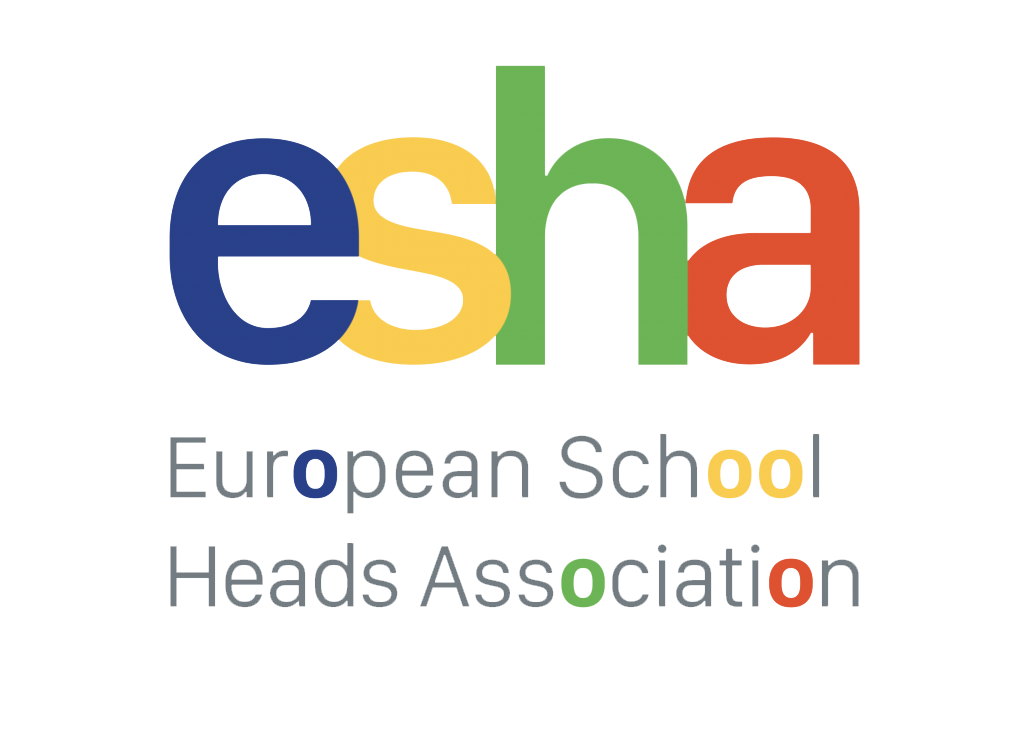Barnga is an engaging, hands-on card game designed to highlight the complexities of cross-cultural communication and the assumptions we often make. Created by Sivasailam “Thiagi” Thiagarajan, this simulation game is a powerful tool for helping students understand the challenges of communicating across different cultural norms.
- Introduction and Setup (0:00-0:05):
Start by introducing the game to the students. Explain that Barnga is named after a town in West Africa and that it’s a simulation designed to explore communication breakdowns.
Emphasise the learning goals: to have fun, but also to seriously consider how we communicate and work together, especially in diverse groups.
Form small groups of 4-6 students and provide each table with a set of cards (Ace through 7) and the initial rule sheets.
- Learning and Practising the Rules (0:05-0:30):
Give the students 5 minutes to study the rules and practice playing the card game at their table. Each group believes they are learning the same game, but in reality, each table has slightly different rules.
After practice, collect all the rule sheets and announce that from this point on, there will be no verbal communication allowed—no talking, writing, or signing words. Students can only gesture or draw pictures without using any words.
Start the tournament. Students play a few rounds at their home tables before moving to different tables according to a pre-set rotation, continuing to play the game with new groups without verbal communication.
- Tournament Play (0:05-0:30):
Students play the game in silence, moving from table to table after each round. The lack of communication and the subtle differences in rules quickly lead to confusion and frustration, mirroring real-life communication challenges.
- Debriefing Session (0:30-1:10):
After the tournament, gather all the students for a debriefing session. Begin by calming everyone down and explaining the purpose of debriefing: to reflect on what happened during the game and what it means.
Descriptive Debrief (0:35-0:45): Ask students what was going through their minds at various points in the game: when they started, when the rules were taken away, and when they had to move tables. Discuss their greatest successes and frustrations.
Applied Debrief (0:45-1:05): Discuss the major problems that arose, such as different rules and how to bridge those differences. Break into small groups to discuss real-life situations that the game simulates and strategies for handling such situations.
Takeaways (1:05-1:10): Have each student write one important thing they learned on an index card. Collect and redistribute the cards randomly, then ask students to read aloud the card they received.
- Closing Comments (1:10-1:15):
Wrap up the session by synthesising the discussion points and emphasising the key takeaways. Highlight how the insights gained from Barnga can be applied to real-world communication and teamwork.
By the end of this activity, students will have a deeper understanding of the challenges and importance of effective communication in diverse groups. They will learn to recognize and navigate subtle differences in norms and rules, enhancing their ability to work collaboratively in any setting.








